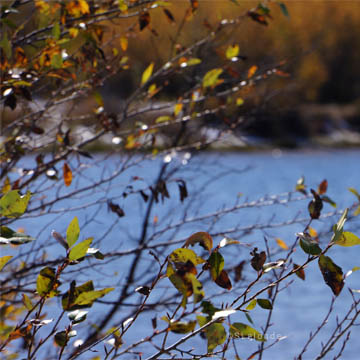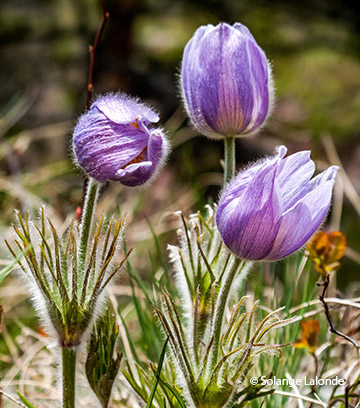This Learning to Relate pillar webpage provides tools and supports that foster a sense of belonging by creating spaces and places that acknowledge and honour First Nations, Inuit, and Métis people. Use the features on this webpage to assess and build your capacity in Learning to Relate.
Open the tabs below to self-assess capacity in the goals of this pillar.
Use the word cloud to reflect on your understandings of key concepts.
Identify and access resources in the photo tile gallery.
Scroll down this webpage to find the Strategic Pathways carousel, focused on strategies and actions that support implementation, and the Professional Learning and Growth slider, focused on evidence of professional growth that supports competencies in the Alberta Teaching Quality Standard and School Leader Standards.














